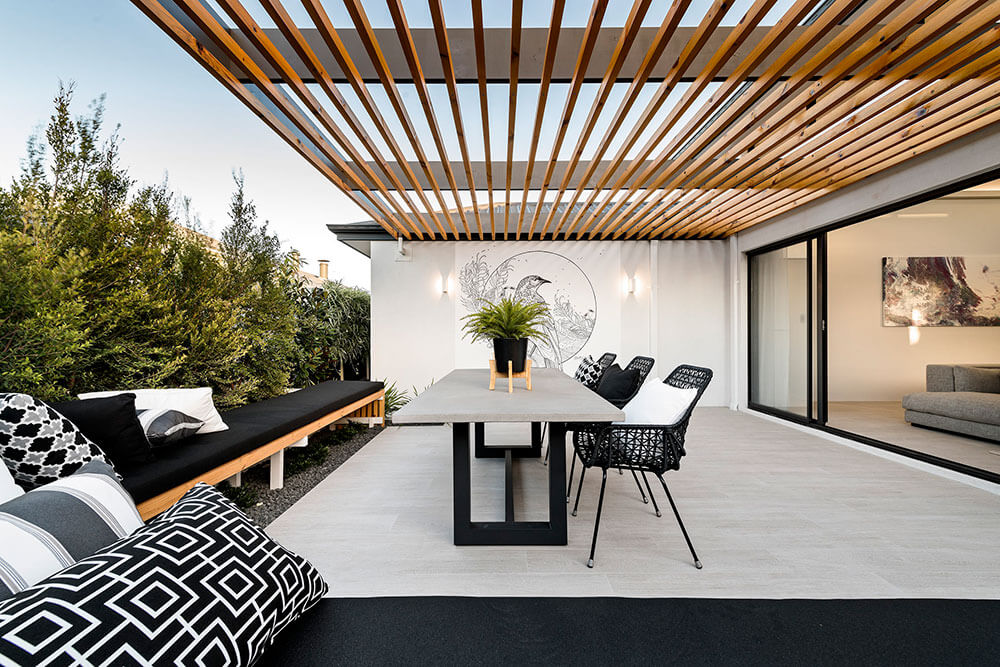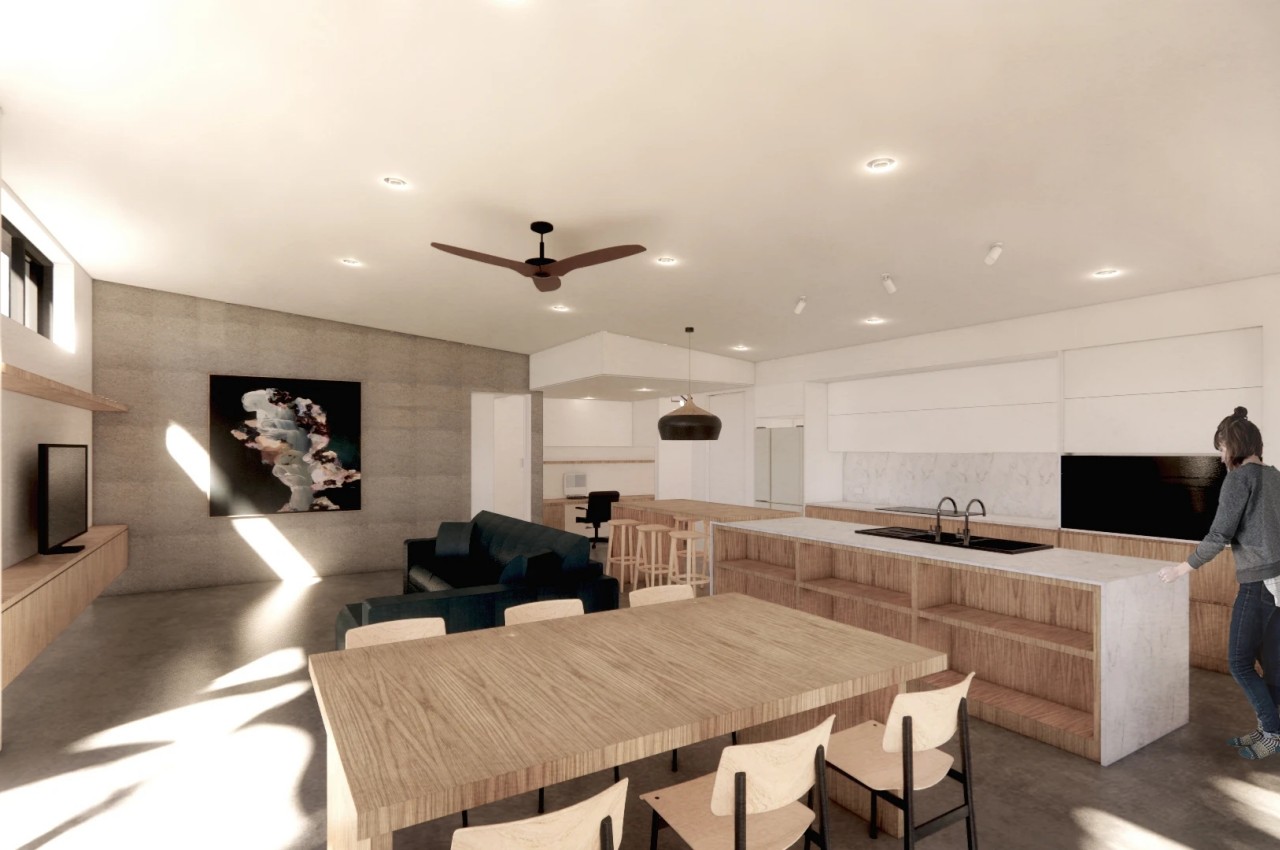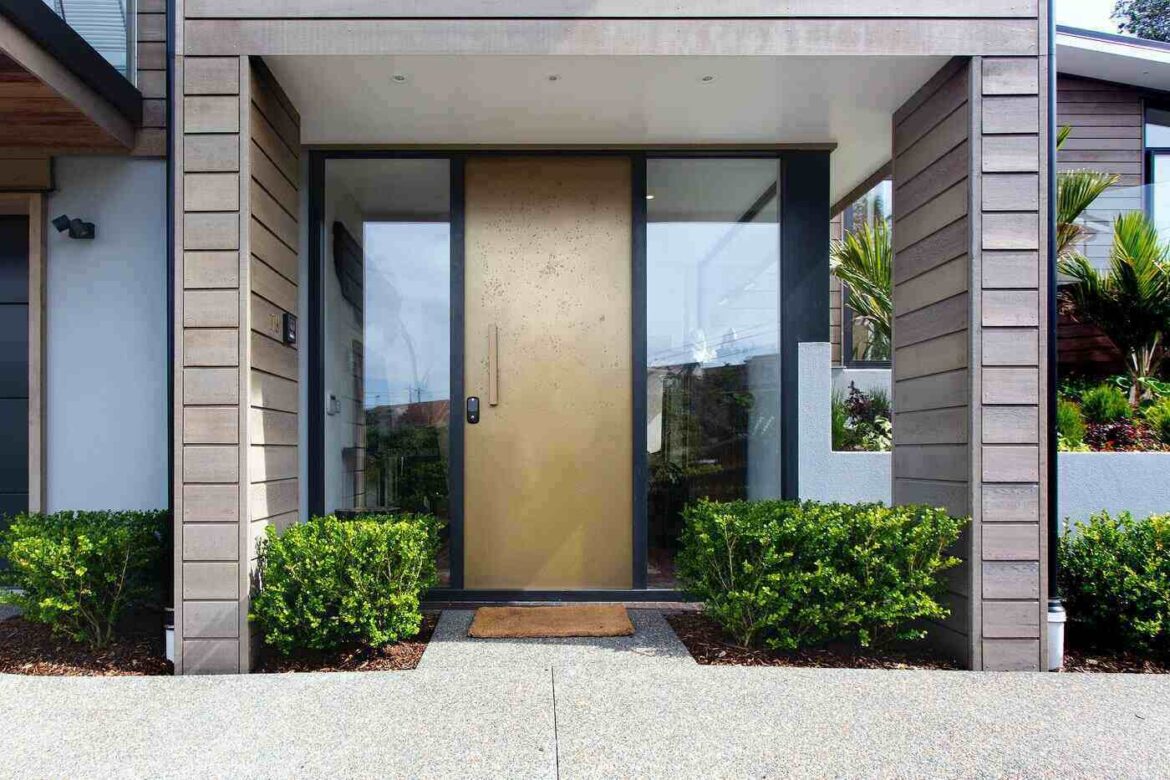Exploring eco-friendly lifestyle upgrades for home exteriors opens up a world of possibilities for creating a more sustainable and environmentally conscious living space. From energy-efficient lighting to green roofing solutions, this topic delves into innovative ways to enhance your home’s exterior while minimizing your carbon footprint.
Eco-Friendly Materials
When it comes to upgrading your home exterior with eco-friendly materials, there are various options available that not only enhance the aesthetic appeal but also contribute to sustainability.Reclaimed Wood:Reclaimed wood is sourced from old buildings, barns, or other structures, giving it a unique character and history.
Using reclaimed wood for siding, decking, or fencing reduces the demand for new timber, thus conserving forests and minimizing the environmental impact of deforestation.Recycled Metal:Recycled metal, such as aluminum or steel, can be used for roofing, gutters, or exterior accents.
By utilizing recycled metal, you help reduce energy consumption and greenhouse gas emissions associated with mining and processing virgin metals.Bamboo:Bamboo is a rapidly renewable resource that can be used for decking, fencing, or siding. It grows quickly and requires minimal pesticides or fertilizers, making it a sustainable alternative to traditional wood products.Composite Materials:Composite materials, made from a combination of recycled plastics and wood fibers, offer a durable and low-maintenance option for home exteriors.
These materials are resistant to rot, mold, and insects, providing long-lasting performance without the need for frequent replacements.Using eco-friendly materials like reclaimed wood, recycled metal, bamboo, or composite materials not only enhances the durability and energy efficiency of your home but also helps reduce the overall carbon footprint.
Make a conscious choice to incorporate sustainable materials in your home exterior upgrades for a greener and more environmentally friendly living space.
Energy-Efficient Lighting

Energy-efficient lighting for home exteriors plays a crucial role in reducing energy consumption, lowering electricity bills, and minimizing environmental impact. By choosing eco-friendly outdoor lighting options, homeowners can contribute to a more sustainable lifestyle while enhancing the beauty and functionality of their outdoor spaces.
Types of Eco-Friendly Outdoor Lighting
- Solar-Powered Lights: These lights harness the power of the sun during the day and illuminate the outdoor area at night. They are easy to install, cost-effective, and require minimal maintenance.
- LED Lights: LED lighting is highly energy-efficient and long-lasting, making it an excellent choice for outdoor spaces. LED lights produce bright illumination while consuming less power compared to traditional incandescent bulbs.
- Motion-Sensor Lights: Motion-sensor lights are designed to turn on only when motion is detected, helping to save energy by reducing unnecessary illumination. These lights are ideal for enhancing security and safety in outdoor areas.
Designing a Well-Lit Outdoor Space
When designing a well-lit outdoor space using energy-efficient lighting fixtures, consider the following tips:
- Strategically place lights to illuminate pathways, entryways, and key features of the outdoor area.
- Use a combination of different lighting fixtures to create a layered lighting effect, including overhead lights, wall sconces, and landscape lighting.
- Opt for warm white or neutral-colored LED lights to enhance the ambiance of the outdoor space while ensuring energy efficiency.
- Install timers or smart lighting systems to automatically control the operation of outdoor lights and optimize energy usage.
Water Conservation Strategies

Implementing water-saving techniques in your landscaping and irrigation systems is crucial for promoting a sustainable and eco-friendly home exterior. By incorporating strategies like rainwater harvesting and using drought-resistant plants, you can significantly reduce water consumption and contribute to environmental conservation efforts.
Rainwater Harvesting
Rainwater harvesting involves collecting and storing rainwater for later use in irrigation or other outdoor activities. This practice not only helps in reducing reliance on municipal water sources but also minimizes runoff and erosion in your yard. Consider installing a rain barrel or cistern to capture rainwater from your roof and gutters, providing a sustainable water supply for your garden.
Drought-Resistant Plants
Opting for drought-resistant plants in your outdoor spaces can greatly reduce the amount of water needed for maintenance. These plants are adapted to thrive in arid conditions and require minimal watering compared to traditional garden varieties. By selecting native species or xeriscaping your yard with low-water-use plants, you can create a beautiful and water-efficient landscape that supports local biodiversity.
Designing a Water-Efficient Garden
When designing your garden or yard, prioritize water efficiency by incorporating features like mulch, drip irrigation systems, and grouping plants with similar watering needs together. Mulching helps retain soil moisture and reduces evaporation, while drip irrigation delivers water directly to plant roots, minimizing wastage.
Planning your landscape layout strategically and choosing water-wise plants can create a sustainable outdoor space that thrives with minimal water input.
Green Roofing and Insulation

Green roofing and proper insulation play a crucial role in creating a sustainable and energy-efficient home exterior. These elements not only contribute to reducing energy consumption but also have a positive impact on the environment.
Types of Green Roofing Materials
- Recycled Shingles: Made from recycled materials such as rubber or plastic, these shingles are durable and environmentally friendly.
- Metal Roofs: Metal roofs are highly reflective, reducing heat absorption and decreasing the need for cooling, thus saving energy.
- Living Roofs: Also known as green roofs, these systems consist of vegetation that helps insulate the building, absorb rainwater, and reduce urban heat island effect.
Benefits of Proper Insulation
- Energy Efficiency: Proper insulation helps maintain a consistent indoor temperature, reducing the need for heating and cooling, which in turn decreases energy consumption.
- Environmental Impact: Insulation reduces greenhouse gas emissions by lowering energy use, contributing to a more sustainable living environment.
- Cost Savings: By reducing energy consumption, insulation can lead to lower utility bills, providing long-term savings for homeowners.
Concluding Remarks
In conclusion, embracing eco-friendly lifestyle upgrades for your home exteriors not only benefits the environment but also enhances the beauty and functionality of your outdoor spaces. By incorporating sustainable materials, energy-efficient lighting, water conservation strategies, and green roofing solutions, you can transform your home into a greener, more eco-conscious haven.
Start your journey towards a sustainable lifestyle today!
Question & Answer Hub
What are some common eco-friendly materials for home exteriors?
Common eco-friendly materials include reclaimed wood, recycled metal, bamboo, and composite materials, all known for their sustainability and low environmental impact.
How can energy-efficient lighting benefit home exteriors?
Energy-efficient lighting such as solar-powered, LED, or motion-sensor lights not only reduce energy consumption but also enhance outdoor spaces with eco-friendly illumination.
What are some water conservation strategies for landscaping?
Water-saving techniques like rainwater harvesting and using drought-resistant plants help minimize water usage in outdoor spaces, promoting a more sustainable approach to landscaping.
Why is proper insulation important in eco-friendly home exteriors?
Proper insulation plays a vital role in reducing energy consumption and maintaining a sustainable home exterior by regulating temperature and improving energy efficiency.









